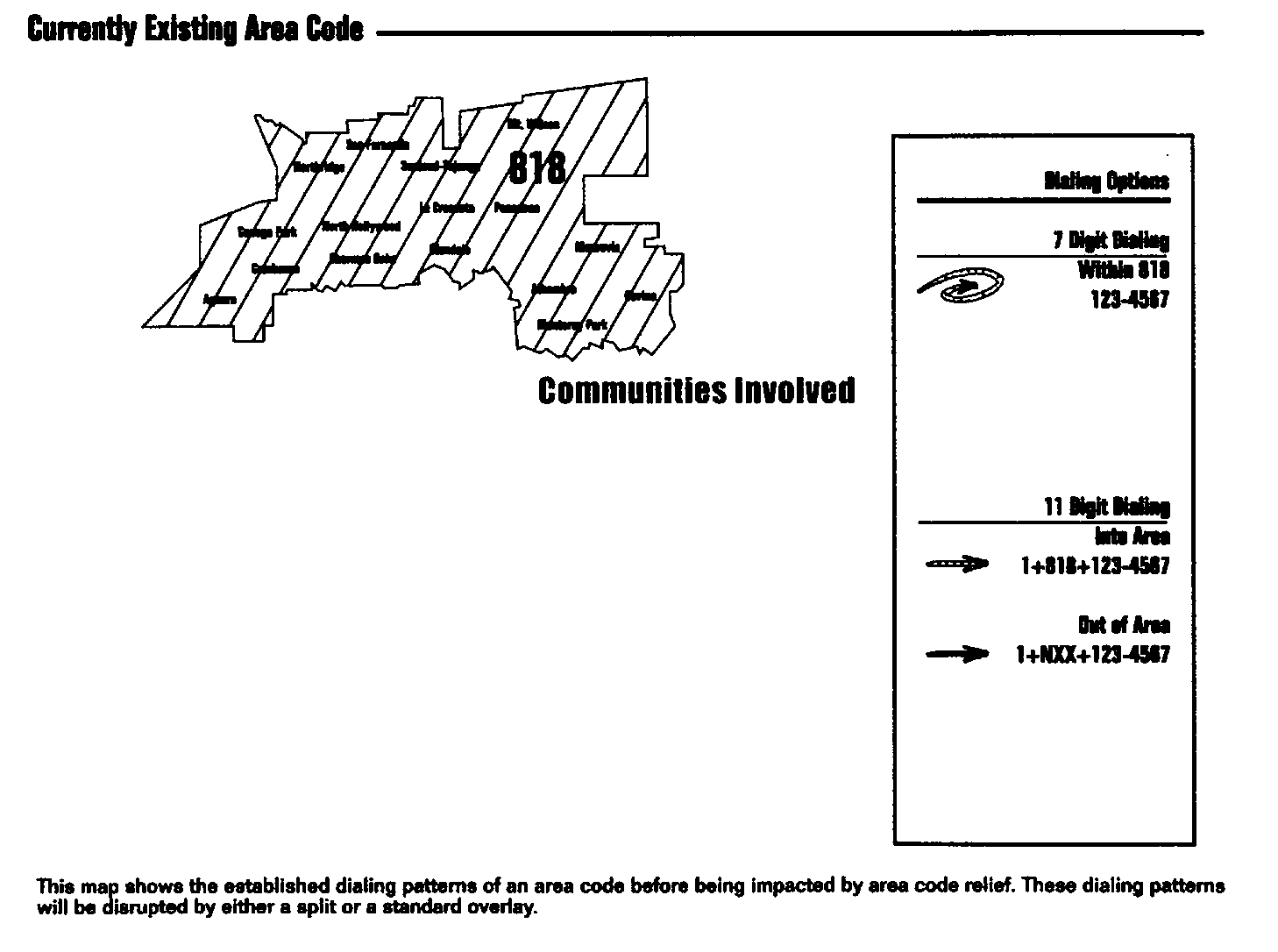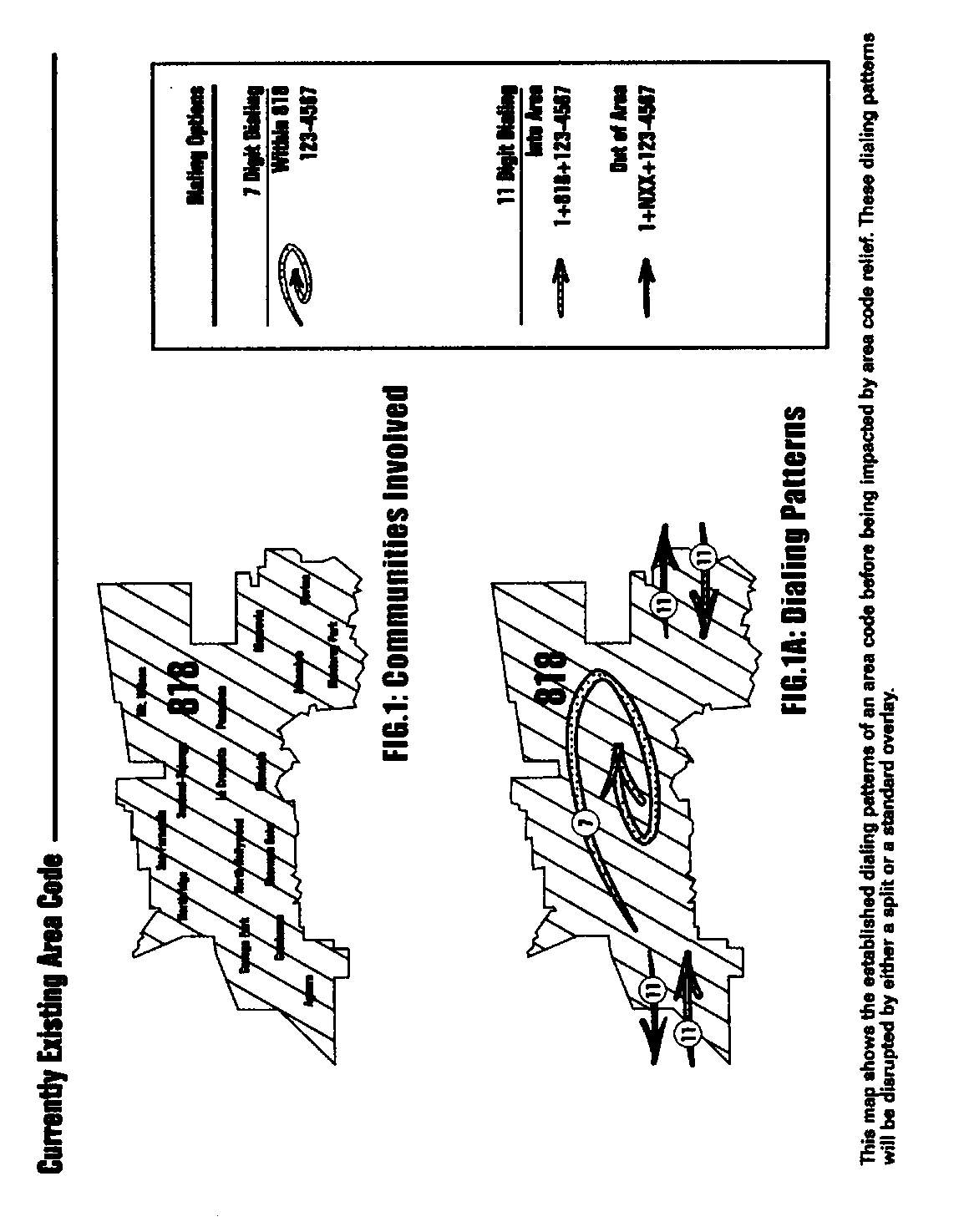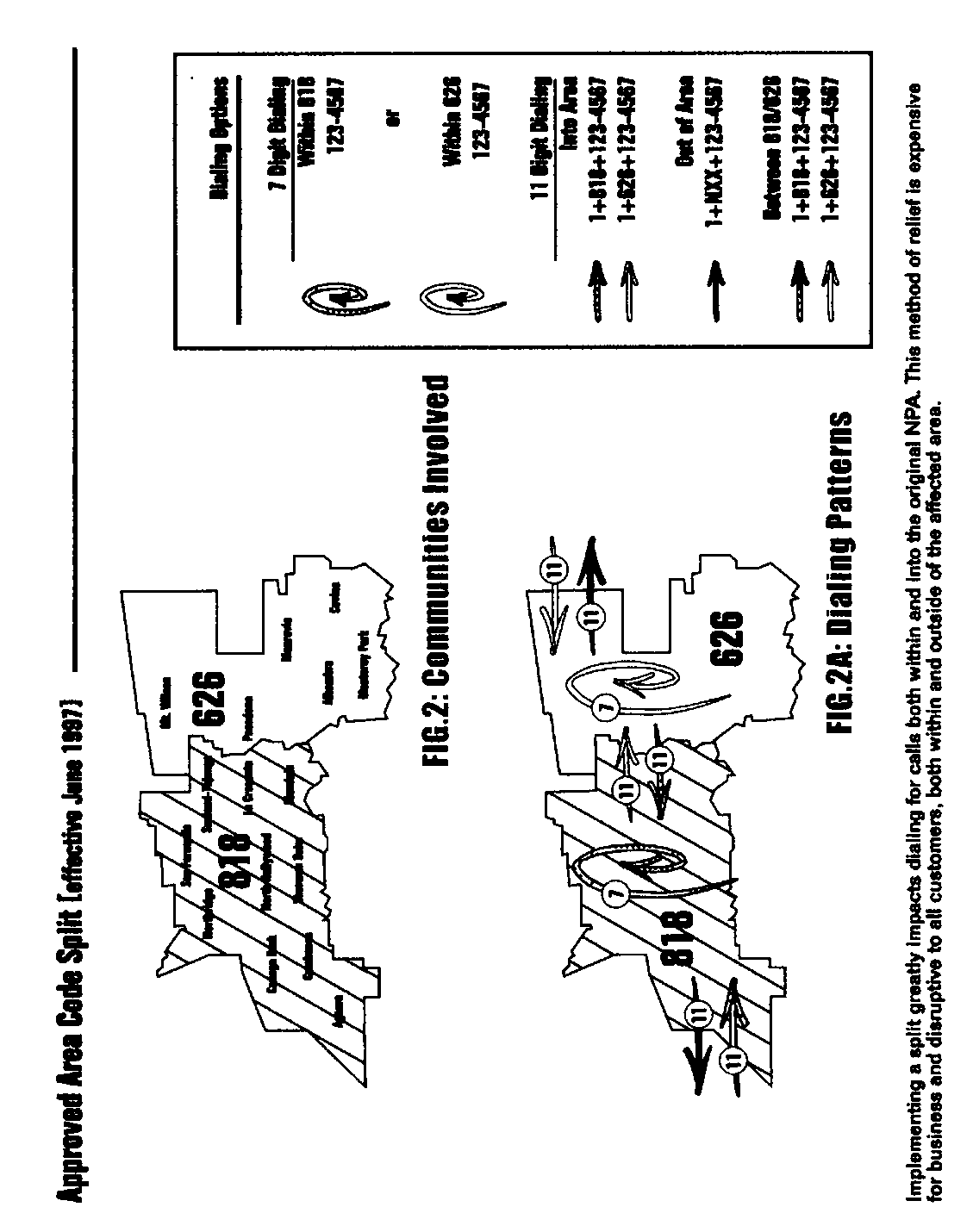Unified Method and Apparatus to Simplify Telephone Area Code Dialing
a telephone area code and dialing technology, applied in the field of telephone numbering systems, can solve the problems of increasing the stress of the 7-digit numbering scheme for local calling, affecting the dialing landscape, and affecting the service life of the customer, so as to save consumers, reduce the impact on children and the elderly, and cost-effectively implement the
- Summary
- Abstract
- Description
- Claims
- Application Information
AI Technical Summary
Benefits of technology
Problems solved by technology
Method used
Image
Examples
Embodiment Construction
Cross Reference to Related Applications
[0001] This application is a continuation of pending application serial number 10 / 065,273 filed September 30, 2002, now U.S. Patent number 6,687,365 issued February 3, 2004. Said 10 / 065,273 is in turn a continuation of application serial number 09 / 683,598 filed January 23, 2002, now abandoned, which in turn is a continuation of Application Serial Number 09 / 567,832, filed May 9, 2000, now U.S. Patent number 6,343,125, issued January 29, 2002, which in turn is a continuation-in-part of Application Serial Number 09 / 085,781, filed May 28, 1998, now U.S. Patent number 6,061,443, issued May 9, 2000, which in turn claims the benefit of expired U.S. Provisional Application No. 60 / 047,747, filed May 28, 1997. All of the above-referenced documents are herby incorporated by reference.
Background of Invention
[0002] This invention relates generally to the field of telephone numbering systems, and particularly, discloses a simplified method of dialing in conn...
PUM
 Login to View More
Login to View More Abstract
Description
Claims
Application Information
 Login to View More
Login to View More - R&D
- Intellectual Property
- Life Sciences
- Materials
- Tech Scout
- Unparalleled Data Quality
- Higher Quality Content
- 60% Fewer Hallucinations
Browse by: Latest US Patents, China's latest patents, Technical Efficacy Thesaurus, Application Domain, Technology Topic, Popular Technical Reports.
© 2025 PatSnap. All rights reserved.Legal|Privacy policy|Modern Slavery Act Transparency Statement|Sitemap|About US| Contact US: help@patsnap.com



